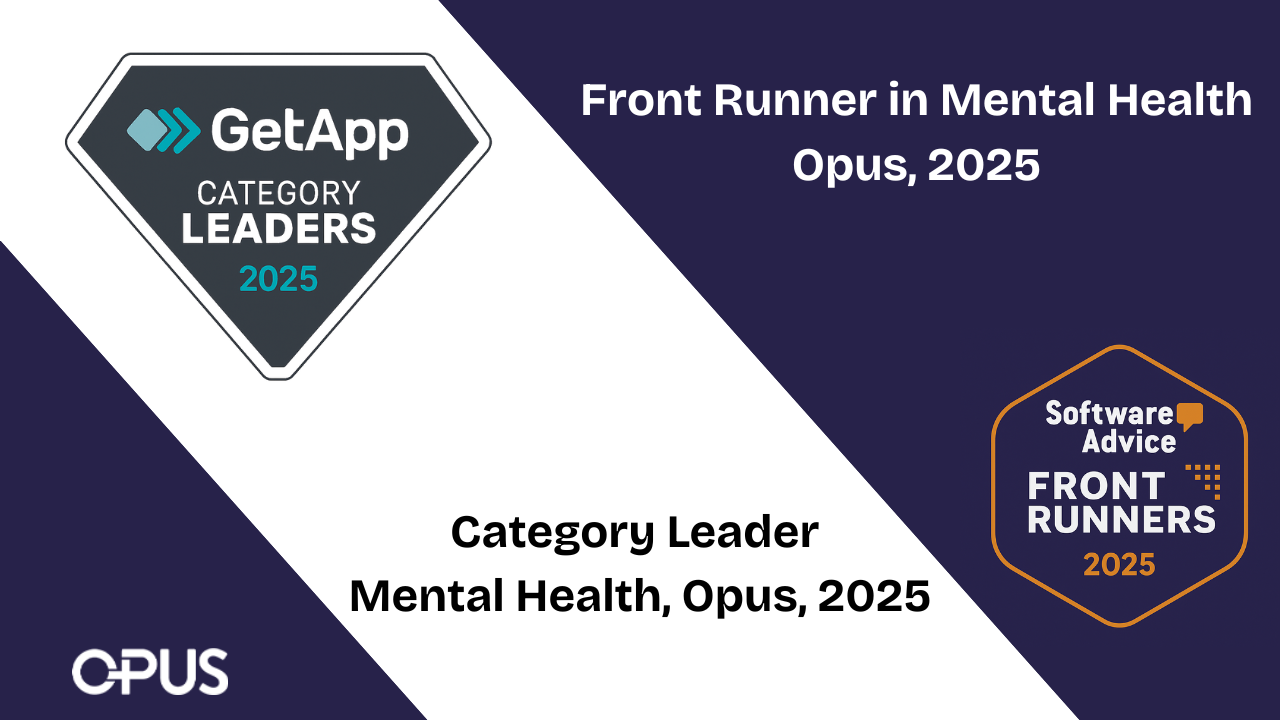CEO Burnout on the Rise in Behavioral Health
From providing help to patients, clinicians, and front-line staff, to defining the new workforce norm, to retaining top talent, the ability to keep up with the fast-changing demands of the Behavioral Health environment is leading to increased depression and anxiety among CEOs and their management team and employees.
Mental health illness is on the rise and not only in the patient population, but in CEOs and providers as well. Research shows the depression rate among CEOs may be double the national average and that 40% of clinicians are suffering from these diagnoses as they attempt to treat patients for the same disorders.
Over the past 18 months, every CEO and provider team has been scrambling to meet the needs of their patients. Provider burnout is a much more common experience today than ever before. With the pandemic, positions that were high demanding at baseline have been stretching employees to new limits. Physicians are seeing an increased number of cases of depression and anxiety in their patients, while trying to cope with their own depression and anxiety.
In an assessment of 42 health care organizations across the United States conducted by the American Medical Association, 37% of providers reported anxiety and 48% reported burnout symptoms. The effects of burnout don’t just stay with the provider, they impact everyone in their path.
Staff burnout contributes to low morale, decreases patient satisfaction and outcomes, and even has financial implications. The Annals of Internal Medicine puts a price on burnout of almost 5 billion dollars each year. There isn’t a CEO among us that is willing to lose high performing employees, let alone flush 5 billion dollars down the toilet each year. So, here’s the trick: identifying burnout and finding new ways to address it.
Steps CEOs and Leaders Can Take to Address Burnout
First, it’s vital that executives know what the symptoms of burnout are. If you can’t recognize burnout, how are you supposed to strategize to overcome it? Once an executive gets a glimpse of the clinician’s day to day and how it contributes to burnout, they can better enact methods to support them. Burnout can manifest differently in different individuals, but common symptoms include:
- Cynicism
- Depersonalization
- Increased medical errors
- Anger
- Tardiness to work
- Excessive fatigue
While burnout is at an all-time high, it isn’t a new concept. It is, however, a concept that needs to be approached differently. CEOs have missed the mark on overcoming the challenges of burnout because they haven’t truly experienced the clinicians’ day-to-day.
It’s time to enact “take your CEO to work day”
What is banishing burnout could be as simple as a quick costume change? It may be time to hang up the suit and put on a pair of scrubs for a day. Clinical expertise is not required here. CEOs can help check patients in during clinic or even shadow a provider for a day to see the workflow and challenges first-hand. There is no better way to show support to your clinical staff than to be willing to meet them where they are, to not only listen to the challenges they are facing, but to experience them alongside them. This provides clarity to the issues that can’t be experienced through the more standard approaches.
See what they see. Feel what they feel.
With confidence in identifying the symptoms of burnout, now there is the challenge of addressing it. What strategies will you implement to create a culture of resiliency for your staff? The cure extends far beyond offering a simple meditation class or chair massage stations in the cafeteria. Are you addressing the following components vital to combatting burnout?
- Wellness
- Pouring from an empty cup should be as outdated as the metaphor itself
- It’s simple: meet the employee’s fundamental needs first.
- Do they have time to fuel their body and brain with an actual lunch break?
- Are they so overworked that they aren’t getting the sleep they need?
- How are you addressing/checking in on their mental health?
- Are their policies in place to debrief difficult patient cases/patient deaths/high-volume days?
- Safety & Security
- Are policies in place to protect employees? Both their physical safety and job security.
- How are providers supported when patients are violent?
- Are provider’s worried about their job security?
- Are safety drills a norm? How is the response time when there is a threat?
- Do providers feel protected?
- Respect
- Do employees feel respected? By their coworkers and their environment?
- Are ergonomics considered to create a safe and welcoming space to spend their days?
- Are they respected by the equipment that is chosen for them?
- Is their electronic medical record an asset to their workflow or a burden?
- Are they respected via the equipment they need to use on a regular basis– do the EKG machines actually work?
- Is mutual respect a company tenant? How is it implemented?
- Community
- What opportunities are there for staff to build a sense of camaraderie and teamwork?
- Is exceptional work recognized?
- Are leaders in the department given tools for success?
- Do employees feel a sense of belonging?
- Do employees feel appreciated?
- Purpose
- Do staff members feel that they are making an impact?
- How are employees recognized, encouraged, and supported?
Preventing Burnout
To easily address and prevent a component of burnout, make sure that you are choosing an EHR software solution that goes to work for your hardworking employees. Optimize your clinician’s day-to-day experience by providing them with a high-performing electronic health record solution. Let Opus Behavioral support you and your employees in your quest to banish burnout for good. Schedule a demo today!






